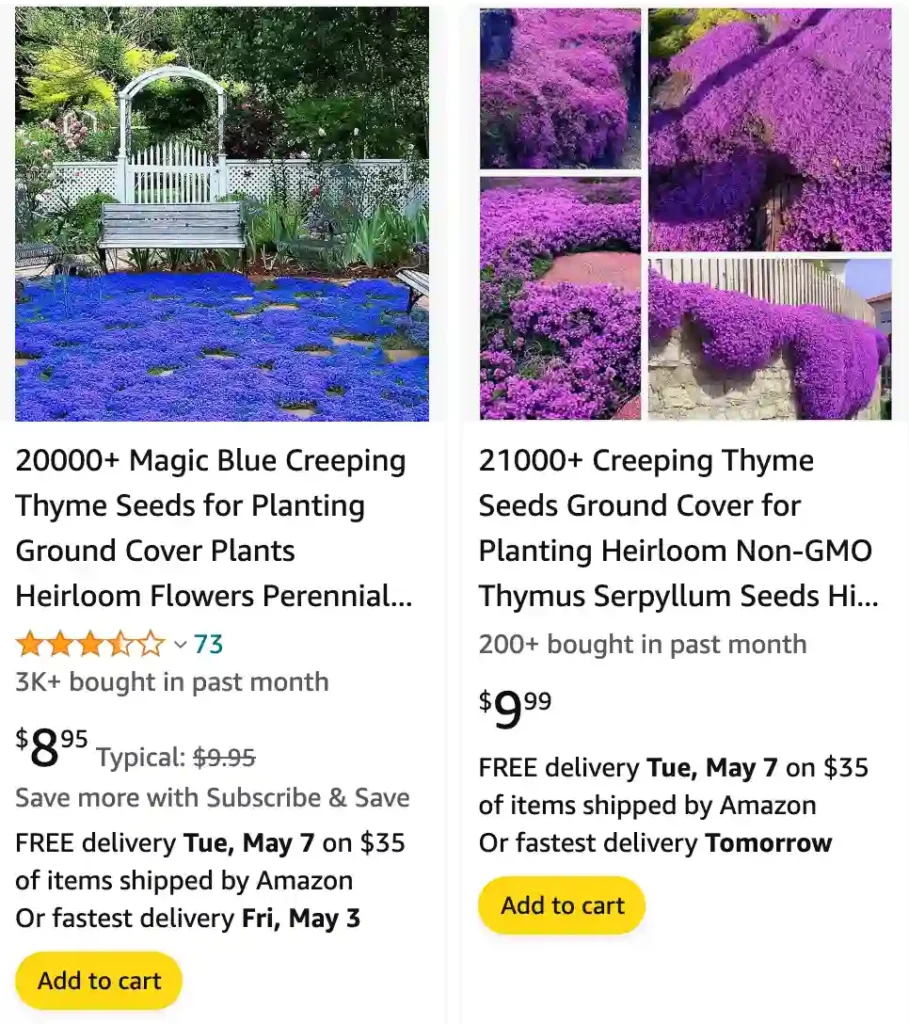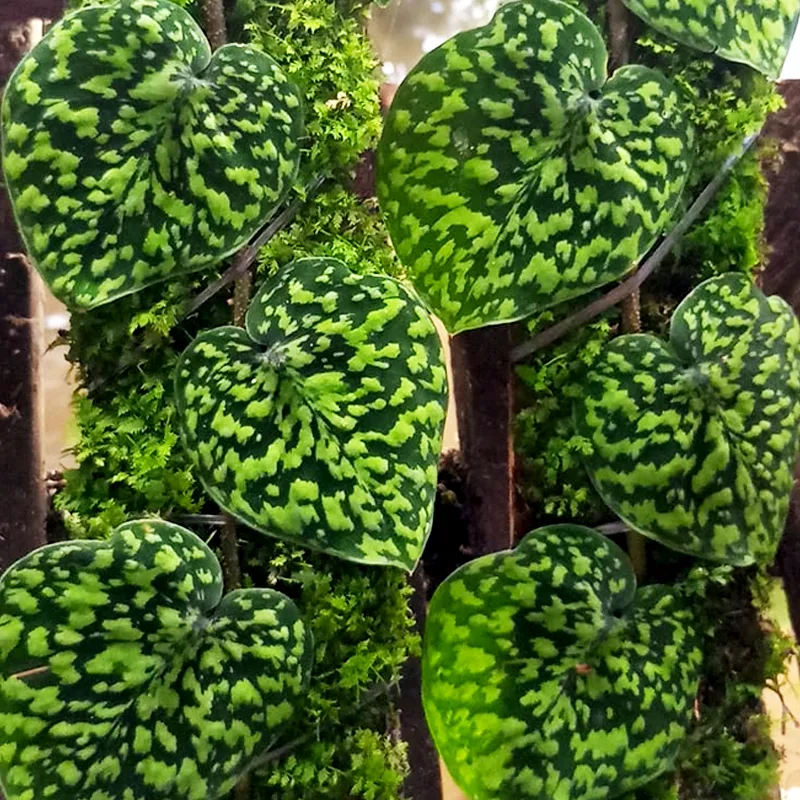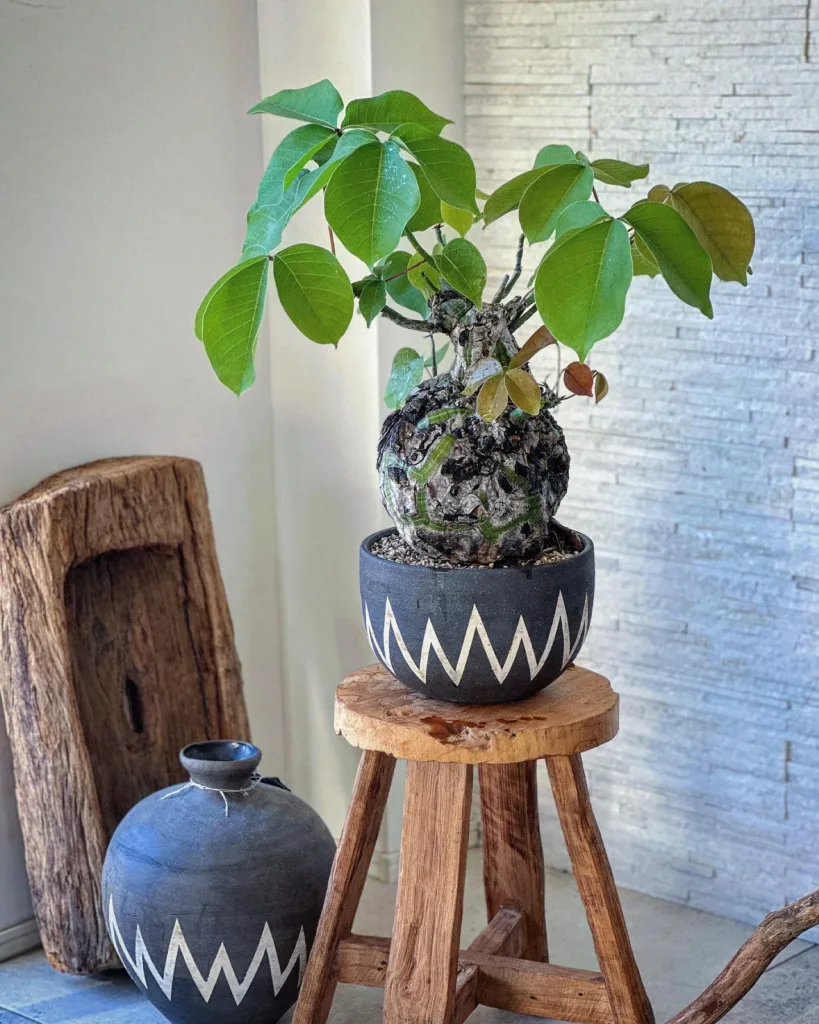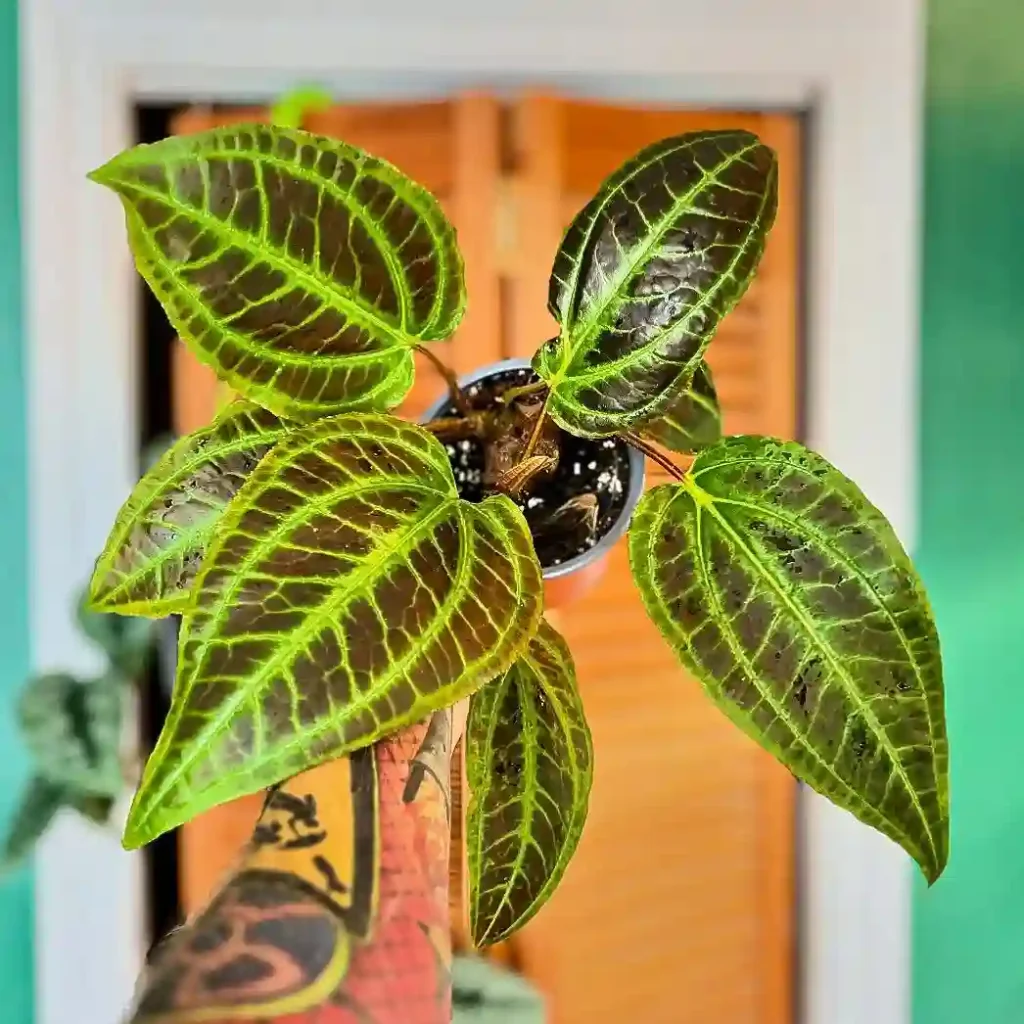
What do creeping thyme seeds look like?
Creeping thyme seeds are frustratingly tiny! They’re like specks of dust, a dusty brown color that blends in easily with my fingers if I’m not careful. It makes planting them a bit of an exercise in patience. I usually end up using a sheet of white paper to contrast them, sprinkling them out carefully so I can see where they land on the soil. For such a small seed, they sure produce a whole lot of fragrant thyme later on though!
Where to buy creeping thyme?
There are a couple ways I’ve gotten creeping thyme in the past. The easiest for me has been to find it already established in pots at my local garden center. They usually have a good selection of herbs, and creeping thyme is a popular choice. This way, I know exactly what variety I’m getting and I can see how healthy the plants are. The other option is to buy seeds online or at a gardening store. It’s definitely cheaper, but like I said before, those seeds are tiny and fussy to deal with!
Is creeping thyme safe for dogs?
Absolutely! That’s one of the reasons I love having creeping thyme around. My pup, Charlie, loves to sniff around in the garden, and I never have to worry about the thyme. It seems like most dogs leave it alone, but even if Charlie nibbled on a bit, I know it’s harmless. Plus, the thyme adds a lovely fragrant patch to the yard, which is nice for me too. It’s a win-win for everyone!
How to plant creeping thyme seeds?
Planting creeping thyme seeds from scratch can be a rewarding experience, but it takes some patience and TLC. Here’s what I’ve learned through trial and error:
First, forget about burying the seeds deep. They’re tiny and need light to germinate, so simply scatter them on a prepared bed of well-draining soil. I loosen the soil beforehand and maybe add some compost for good measure. Then, gently press the seeds into the soil with my fingers to make good contact. Think of it like sprinkling dust and then patting it down softly.
Watering is key! Since the seeds are small, they dry out easily. I use a mister or watering can with a gentle spray to keep the soil consistently moist, but not soggy. A little plastic dome or covering can help trap moisture initially, but be sure to remove it once you see sprouts to prevent mold.
Then comes the waiting game. It can take a good three to four weeks for those tiny seeds to germinate. But once they do, be prepared for slow and steady growth. Creeping thyme isn’t known for its lightning-fast speed, but with consistent watering and some sunshine, you’ll soon be rewarded with a fragrant patch of creeping thyme.
Will creeping thyme choke out grass?
Creeping thyme is a champ at crowding out unwanted weeds, but my experience with grass has been a bit more nuanced. It won’t completely eliminate established grass overnight, especially if the grass is healthy and well-maintained. However, creeping thyme definitely wins the turf war in the long run!
Here’s why: creeping thyme forms a dense, low-growing mat that shades the ground. This makes it tough for grass seedlings to germinate and compete for resources like sunlight and water. Over time, especially in areas where I mow less frequently, the creeping thyme tends to win out, slowly but surely taking over patches of grass.
If you want to create a completely thyme-dominated area, you can give it a head start by removing existing grass first. Sheet mulching or smothering the grass for a few weeks can help weaken it before planting the thyme. But for me, the creeping thyme’s slow and steady encroachment is part of its charm. It creates a lovely mix of textures and colors in my garden, with the green of the grass peeking through the fragrant thyme.
Do deer eat creeping thyme?
You won’t see any deer chowing down on my creeping thyme! That’s one of the main reasons I love it so much. Deer can be a real nuisance in our area, munching on all sorts of flowers and shrubs. But they seem to steer clear of the creeping thyme. Maybe it’s the strong, almost medicinal scent that the thyme gives off. Whatever the reason, my thyme plants have thrived for years without any deer damage. It’s a relief knowing I can plant something beautiful and fragrant without worrying about it becoming a deer buffet!
How fast does creeping thyme spread?
Creeping thyme is a slow and steady grower in my experience, especially when it’s young. That first year, it feels like it barely puts on any new growth at all. It can be a bit discouraging! But don’t be fooled by its initial shyness. Once established, creeping thyme starts to surprise you with how quickly it can spread. By year three, I can usually see it filling in nicely, reaching outwards maybe a foot or so wider than when I first planted it.
The trick seems to be patience. Give it good drainage, some sunshine, and keep it watered, especially during hot spells. Then just sit back and enjoy the slow transformation. By year five, you might be amazed at how much ground it’s covered, creating a lovely fragrant carpet that smothers weeds and adds a touch of green (or sometimes purple, depending on the variety) to your garden.
Does creeping thyme attract bees?
Absolutely! My creeping thyme is a bee magnet in the summertime. The minute those tiny purple flowers bloom, the bees are all over them. It’s a delightful sight to see them buzzing around, collecting nectar and pollen. I love the gentle hum they create as they flit from flower to flower.
Creeping thyme is a low-growing plant, so the bees practically have a buffet laid out right at their level. It’s like a little bee wonderland! Knowing I’m helping support the bee population by providing them with a food source makes me feel good about having creeping thyme in my garden. It’s a win-win situation: beautiful flowers, fragrant ground cover, and happy bees!
Does creeping thyme repel mosquitoes?
In my experience, creeping thyme definitely helps deter mosquitoes, but it’s not a foolproof solution. The strong lemony scent of the thyme seems to keep the mosquito population down around my patio area where I’ve planted a lot of it. I don’t get completely-free evenings, but there’s a noticeable difference compared to other areas of the yard.
It’s important to remember that the scent dissipates throughout the day, so it might not offer complete protection for long stretches of time. Also, some people seem to be more attractive to mosquitoes than others, no matter what. But for me, the creeping thyme definitely adds another layer of defense against those pesky biters. It’s a natural solution that smells good and looks nice, so I’m a fan!
How to plant creeping thyme between pavers?
Planting creeping thyme between pavers is a great way to add a touch of fragrance and beauty to your patio or walkway. Here’s how I’ve done it successfully:
Prep work is key: First, make sure the gaps between your pavers are wide enough. Creeping thyme needs some space to root and spread, ideally at least 3 inches wide and deep. If the gaps are smaller, you might be better off using another type of filler plant. Next, clear out any weeds or debris from between the pavers. You want the thyme to have a clean slate to grow on.
Filling the gaps: Here comes the fun part! You can choose between planting seeds or established thyme plants. Seeds are cheaper, but take longer to establish. For faster results, I usually opt for small thyme plants from the nursery.
- Planting seeds: If you go the seed route, sprinkle them directly onto the soil between the pavers. Don’t bury them deep, they need light to germinate. Gently press them into the soil with your fingers and water regularly with a mister or gentle spray to keep the soil moist but not soggy. It can take a few weeks for seeds to sprout, so be patient!
- Planting live plants: If you’re using plants, loosen up the soil in the gaps with a trowel or screwdriver. Carefully tease apart the roots of the thyme plants and position them in the gaps. Backfill with some potting soil and tamp it down lightly to secure the plants. Water them well initially and keep the soil moist until they’re established.
Giving it TLC: Once planted, water your creeping thyme regularly, especially during hot weather. Since the gaps between pavers can dry out quickly, keeping an eye on moisture is important. You shouldn’t need to fertilize much, creeping thyme is pretty low-maintenance in that regard.
Trimming and shaping: As your thyme grows, you can trim it back to keep it from overflowing the pavers. I use sharp hand shears to snip off any wayward growth. This also encourages bushier growth. Over time, the thyme will naturally fill in the gaps and create a fragrant, walkable carpet between your pavers.
Does red creeping thyme grow in Minnesota?
You bet! Red creeping thyme, also known as Thymus praecox ‘Coccineus’, grows great in Minnesota. I’ve seen it for sale at local garden centers here and even spotted it thriving in some landscaping around town. The reason it works well is because of its hardiness zone. Red creeping thyme falls under USDA Plant Hardiness Zone 4a, which is a perfect match for Minnesota’s climate. This means it can withstand the cold winters we get here.
Plus, red creeping thyme loves full sun and well-drained soil, which are both pretty common conditions in Minnesota. So as long as you give it a sunny spot with good drainage, your red creeping thyme should do just fine. In fact, it might even become your new favorite groundcover!
If i die, water my plants!



